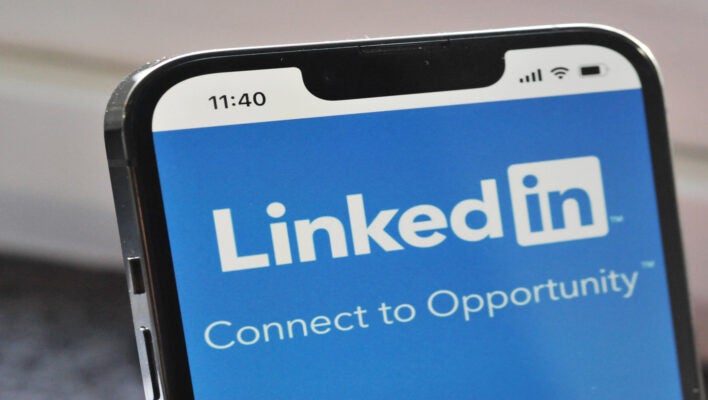Key takeaways
- On November 3rd, 2025, LinkedIn will start training its AI models with user data. At the moment, US users will not be affected by this.
- Users can opt out if they object to their data being used in this way.
- Go to Settings and privacy and deselect Use my data for training content creation AI models
It’s official: LinkedIn will soon start training its AI models on your data.
Starting on November 3rd, 2025, the employment networking platform has confirmed that it will begin to use some member profiles, posts, resumes, and public activity, to train its own AI models. Predictably, this hasn’t gone down well in some quarters.
If you can’t bear the thought of LinkedIn getting its hands on your data, we’ve got some good news: you can opt out!
When Is LinkedIn Going to Start Using My Data to Train Its AI Models?
LinkedIn has announced that it will start using some of its users’ data to train its AI models starting on November 3rd, 2025. Users from the EU, EEA, Switzerland, Canada, and Hong Kong will all be affected. At this stage, US users will not be affected, but this could soon change.
With this decision, LinkedIn will join the likes of Meta, X, Reddit, and more, in harvesting user data for the training of their AI models. Memorably, Meta was instructed to stop this practice following a mandate from the UK Information Commissioner’s Office. It resumed the practice not long after.
 This just in! View
This just in! View
the top business tech deals for 2026 👨💻
LinkedIn has revealed that data belonging to minors will not be used for training.
How Do I Stop LinkedIn From Using My Data to Train Its AI Models?
The good news is: you can stop LinkedIn from using your data, if you so choose. And it’s actually quite easy to do so — you simply opt out of it.
On a support page, the platform noted:
“If you wish to object to our processing of your data or content for training generative AI models that do not generate content or for training other AI or machine learning models, you can submit an objection through LinkedIn Data Processing Objection form.”
But how do I actually do that? Well, it’s actually pretty easy. Simply follow the instructions below:
- Navigate to Settings and privacy under the Account drop-down box on your LinkedIn page.
- Select Data privacy from the left-hand column.
- Click on Data for Generative AI Improvement.
- Use my data for training content creation AI models will be filtered on by default. Toggle it off.
And presto! LinkedIn is no longer using your data to train its AI models. I actually just did it myself while writing this article. I’m with you every step of the way!
Can I Stop Other AI Models From Using My Data?
The short answer is: yes, you can. But just how exactly is another matter that varies based on whichever tool you’re talking about. Here’s how to opt out of a few of them.
How do I stop OpenAI from using my data?
People are pretty forthcoming with ChatGPT (just look at those of us ill-advisedly getting therapy from the platform). That means that OpenAI is bound to have all sorts of data on a huge variety of people. But you can avoid joining their ranks by following the below steps:
- Navigate to Settings on ChatGPT.
- Select Data Controls.
- Improve the model for everyone will be checked by default. Uncheck it.
- Congrats! You have successfully stopped OpenAI from using your data.
How do I stop X from using my data?
To stop Elon Musk and X from using your data, again, you’ll have to opt out of data sharing. If you have an X account and haven’t done that yet, I’m afraid to be the one to tell you — it has been using your data to train its AI. To opt out:
- Navigate to the Settings and privacy section.
- Open Privacy and safety.
- Choose the Grok tab.
- Deselect the data sharing option.
- All done!




